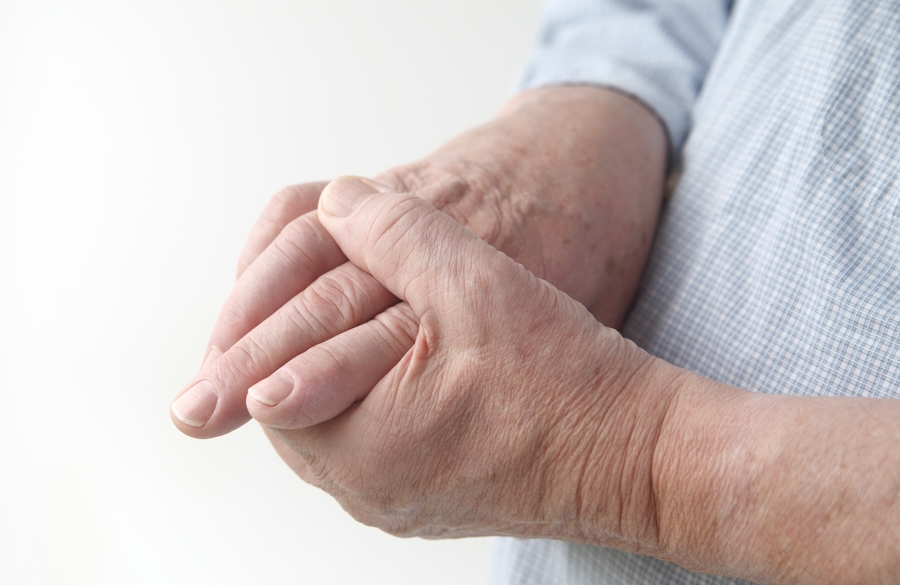Study links workplace exposure to textile dust to rheumatoid arthritis

Kuala Lumpur, Malaysia – Workers exposed to textile dust may have more than double the risk of developing rheumatoid arthritis, according to a study from the Allergy and Immunology Research Center at the Institute for Medical Research.
Researchers studied 910 Malaysian women diagnosed with early-stage rheumatoid arthritis and 910 women around the same age not diagnosed with rheumatoid arthritis, an autoimmune disease that affects joints. The women were asked if they worked in the textile industry and if they had been exposed to chemicals and silica dust, which are connected to an increased risk of developing arthritis. The women were checked for rheumatoid arthritis antibodies – known as ACPA – which are signs of the condition.
The researchers found that 4.5 percent of the women with rheumatoid arthritis were exposed to textile dust, compared with 1.7 percent of the women without the disease. Women exposed to the dust were nearly 3 times as likely to develop the condition as those who had not worked in the textile industry.
Additionally, exposure to textile dust was connected to more than double the risk of having ACPA. Of the women with rheumatoid arthritis, 63 percent tested positive for ACPA and nearly 40 percent had a genetic risk factor that raises the risk of developing the condition. The shape of textile fibers allows them to permeate into the lung, potentially resulting in inflammation. Bacteria in textile dust also can produce toxins that may cause respiratory disease.
Researchers cautioned that the study was observational, so it cannot prove cause and effect, and that properties of textile dust vary. The study focused on women because few men work in the textile industry, and smoking among men is common; smoking is a risk factor for developing rheumatoid arthritis.
“From a public health perspective, our results imply that efforts should be considered to reduce the incidence of rheumatoid arthritis by reducing occupational exposure to textile dust,” researchers wrote in the study.
The study was published online Dec. 17 in the Annals of the Rheumatic Diseases.
- Hits: 1306
